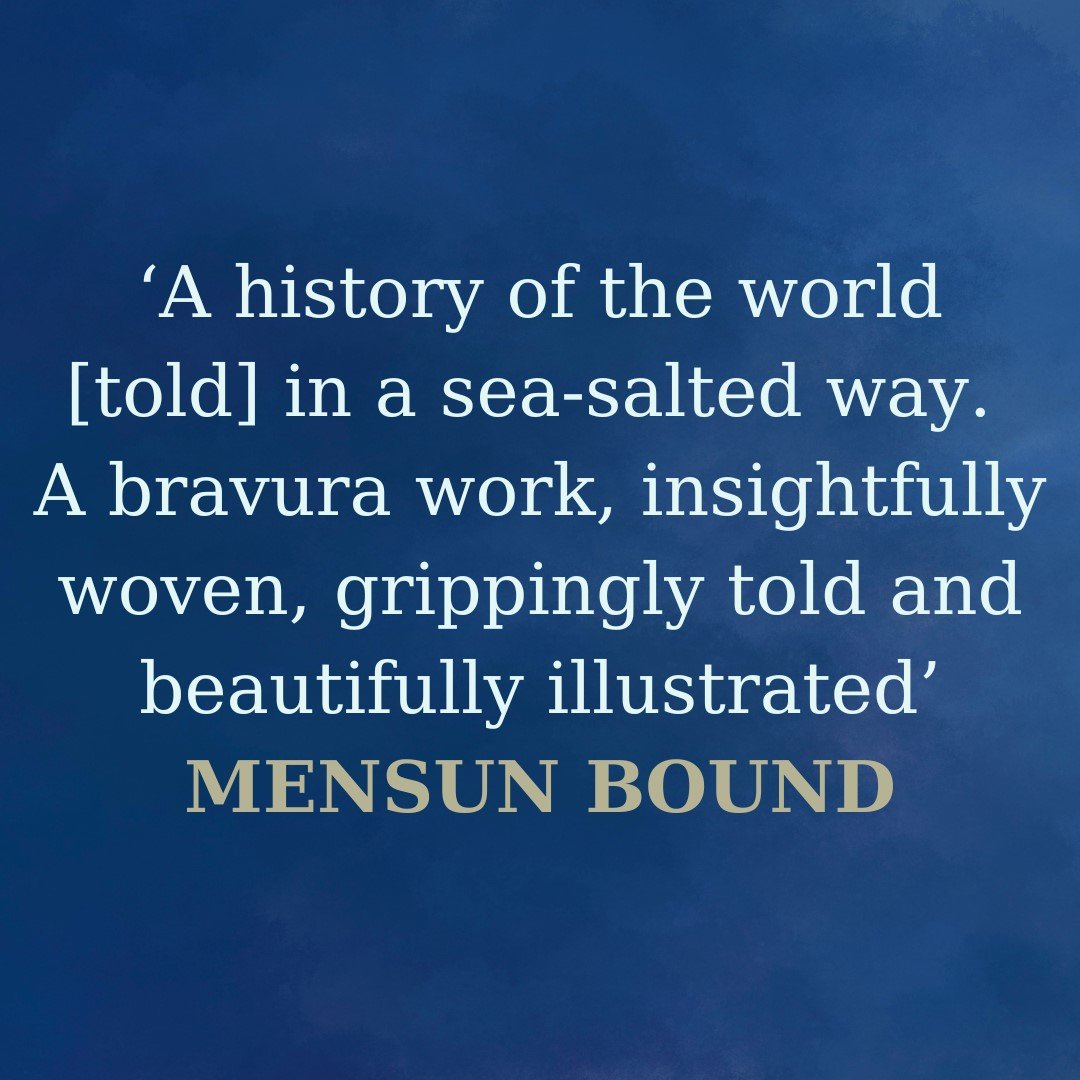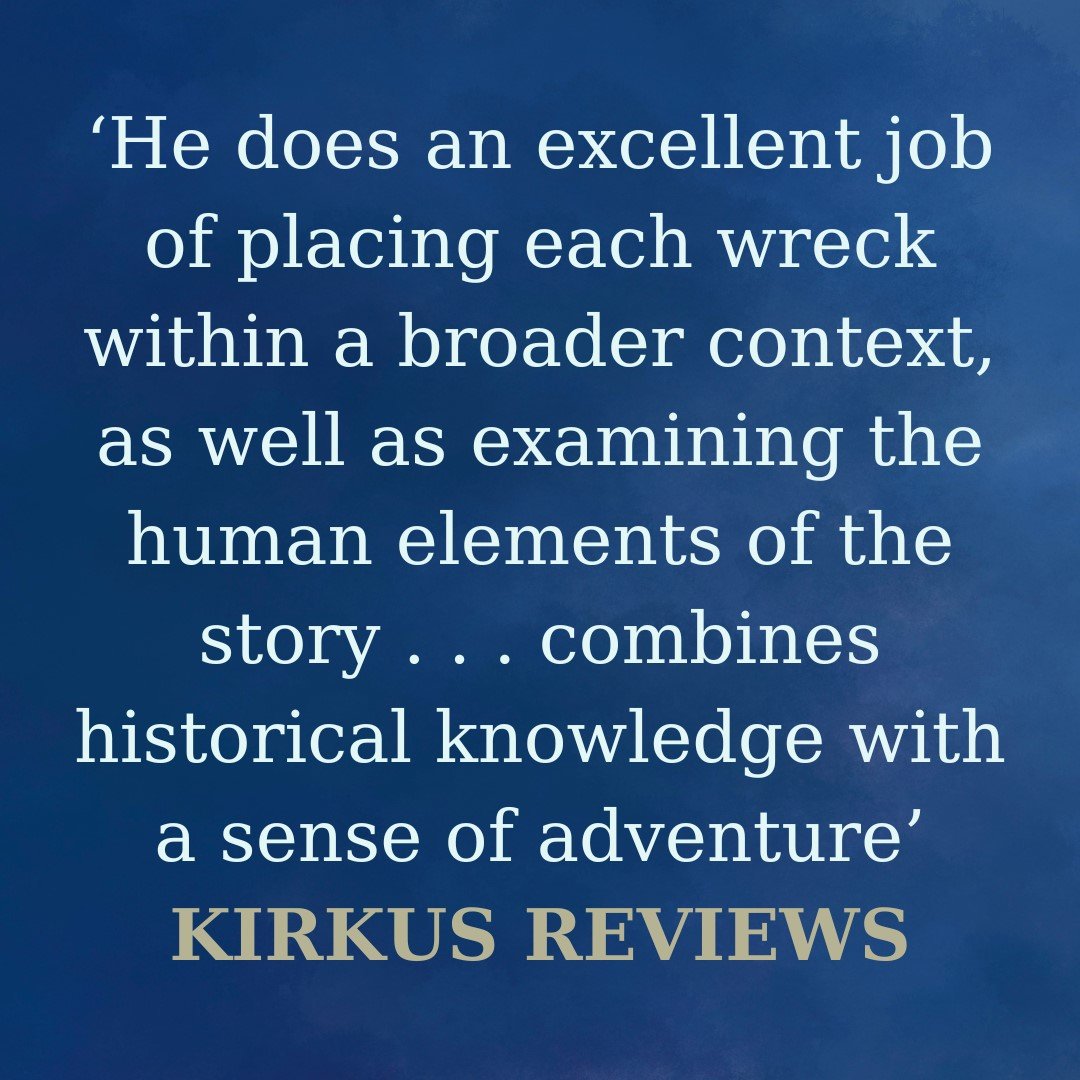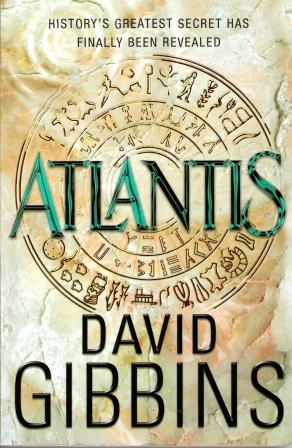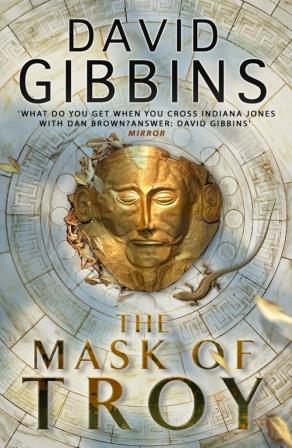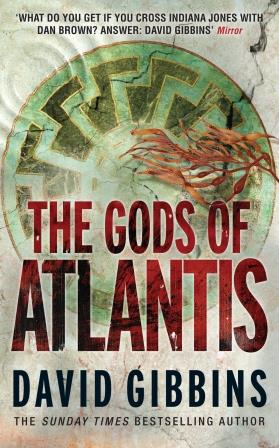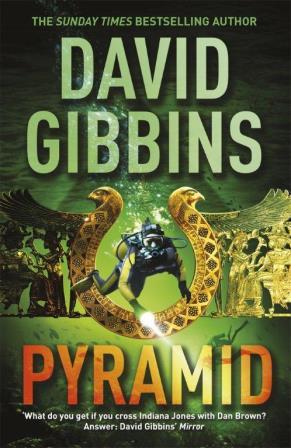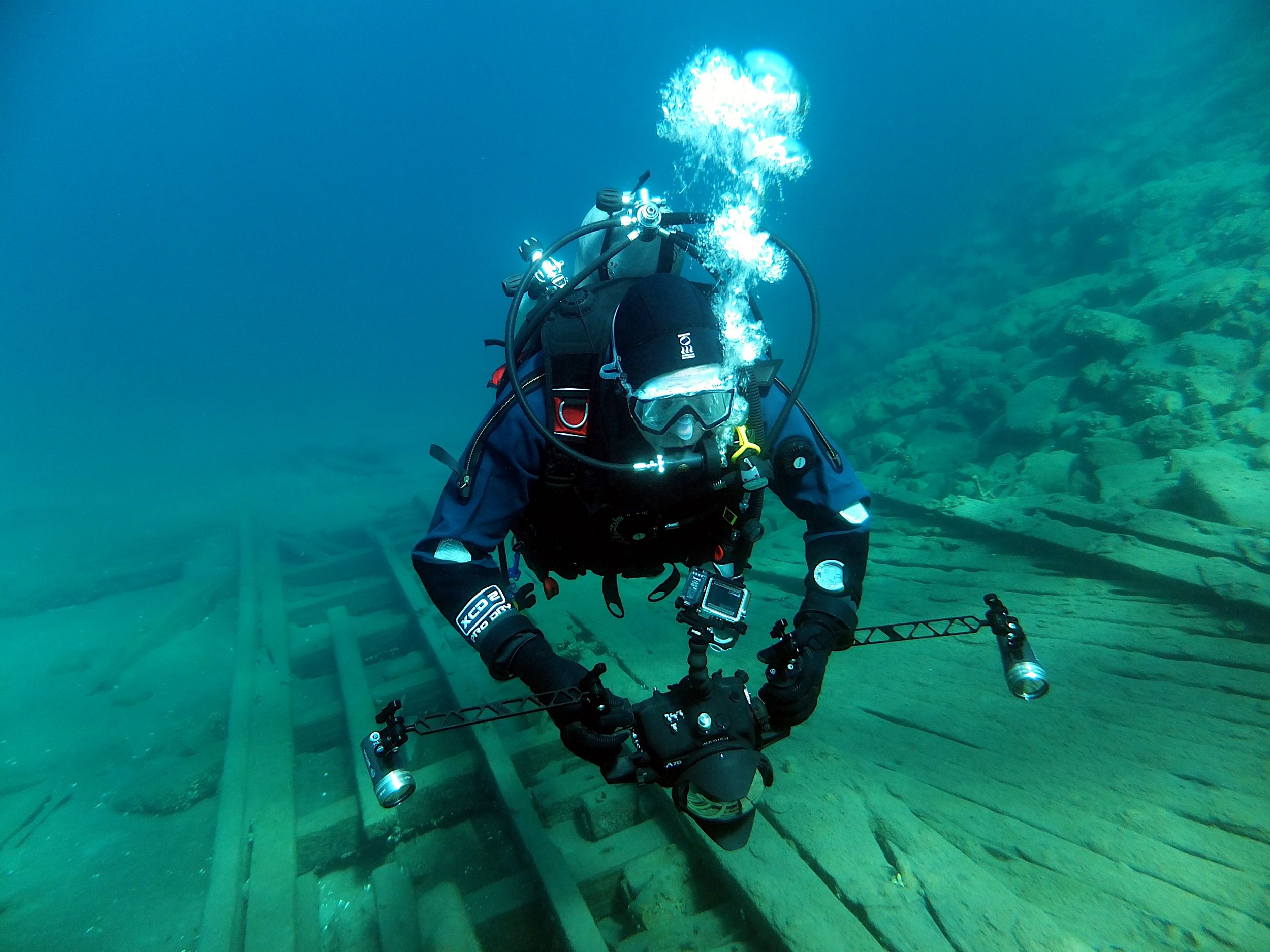Home
An Economist Best Book of Jan-July 2024
A Listener Best Book of 2024
New IN 2025
My book A History of the World in Twelve Shipwrecks was published in 2024 in hardback by Weidenfeld & Nicolson in the UK and St Martin’s Press in the US, and is published in paperback in 2025 – in the UK in February and the US in the autumn. It has also been published in trade paperback, audiobook and ebook, and in editions in other languages.
The book reflects more than four decades of underwater exploration and discovery, with more than half of the wrecks in the book being ones I’ve dived on and excavated. I’ve created a page on this site with reviews, background material and imagery for each chapter of the book -- so if you’ve read the book you will find much here of additional interest, and if you haven’t this will give you an idea of what’s inside.
I’m also delighted to announce the publication of my eleventh Jack Howard novel, Atlantis Legacy. The English language editions of the novel are available at present exclusively on Amazon as an ebook and a large format paperback. You can buy it on Amazon.co.uk, Amazon.com and other Amazon sites, where you can read a preview of the first three chapters. The French edition, L’Héritage d’Atlantis, was published in hardback and ebook by Les Escales in September 2023 and in a Pocket edition in November 2024, and is available both online and in bookshops. It has many five star reviews on Amazon and elsewhere.
Click here to see images related to the novel and its archaeological and historical backdrop.
‘Immortality, to live as a god, was a fool’s dream, but if there were something in what they had found that might ease illness and misery, some ancient lost wisdom that might allow those who were suffering to enjoy another day, then what they were doing would have been worthwhile.’
Jack Howard
New in 2025
The year is AD 450. From his glittering capital at Constantinople near the Black Sea, the emperor Theodosius holds sway over lands extending from Egypt and Asia Minor to the barbarian frontiers of the north. Greek, not Latin, is the language of the Eastern Roman Empire, and allied kings send their sons and daughters to be educated in Constantinople as they had once been in Rome. But a dark shadow looms over this world, one that has rolled in from the steppelands of the east and now threatens to engulf the empire - the shadow of Attila the Hun, who has only been kept at bay with gifts of gold. As Attila prepares for his final showdown with the Romans, those with wisdom look not to the men who hold power now but to the young warriors and leaders who will shape the future - to Erecan, daughter of Attila, and her companions. This is their story ...
Daughter of Attila is about people on the cusp of adulthood who must navigate their way through a world fraught with danger and challenges, in an adventure that takes them from the forests and steppe to the Caspian Sea and the land of ice and snow far to the east. It is written for a young adult and adult readership, and is available exclusively as an ebook and paperback on Amazon.
In 2019 I found this beautiful figure of the crucified Christ on the wreck of the Santo Cristo di Castello (1667) off Cornwall in England. This figure dates from the late 16th century and is probably from the workshops of the Italian sculptor Guglielmo della Porta.
In 2020 I raised these three 56 lb merchant’s weights from the wreck of the Schiedam (1684) off Cornwall in England. They are cast with the Portuguese royal coat of arms and armillary spheres and date from about 1500. They came from the former Portuguese colony of Tangier and are of exceptional interest as artefacts representing the Portuguese Age of Discovery.












